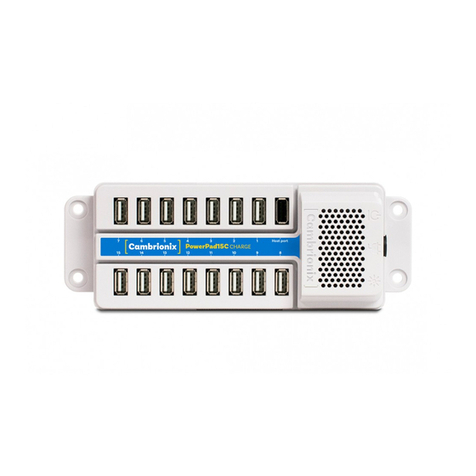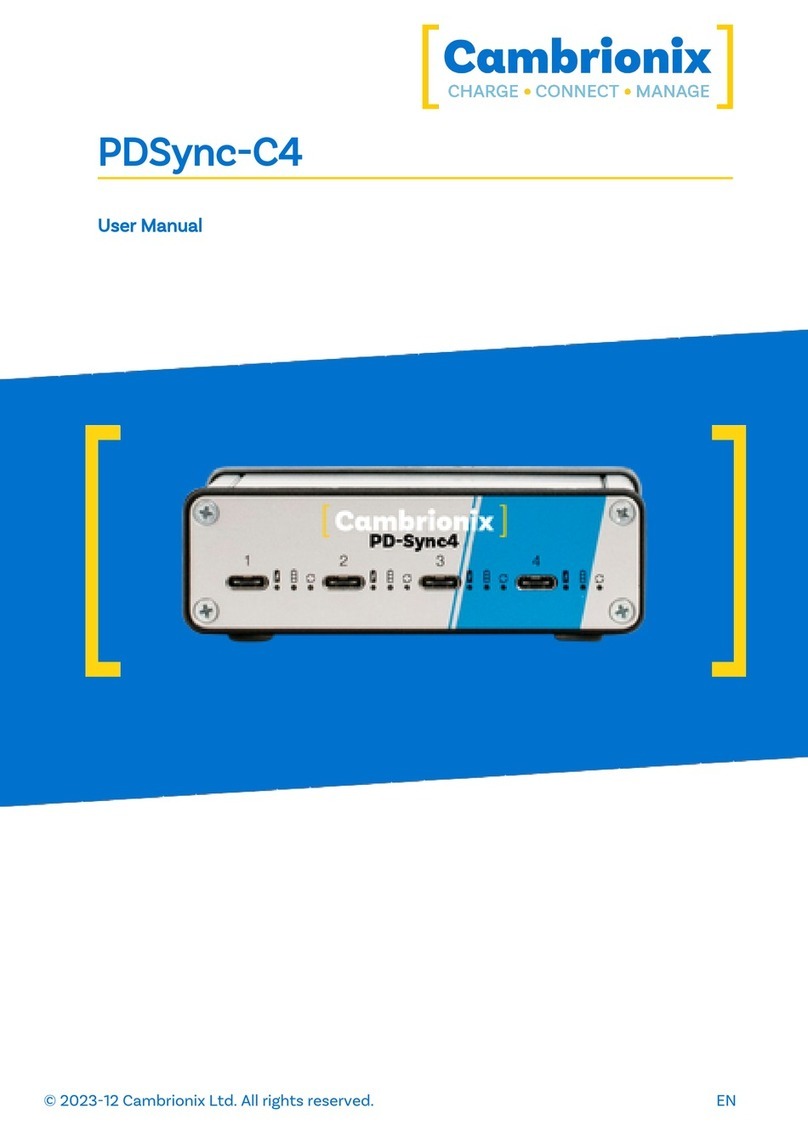CAMBRIONIX TS3-16 User manual
Other CAMBRIONIX Switch manuals
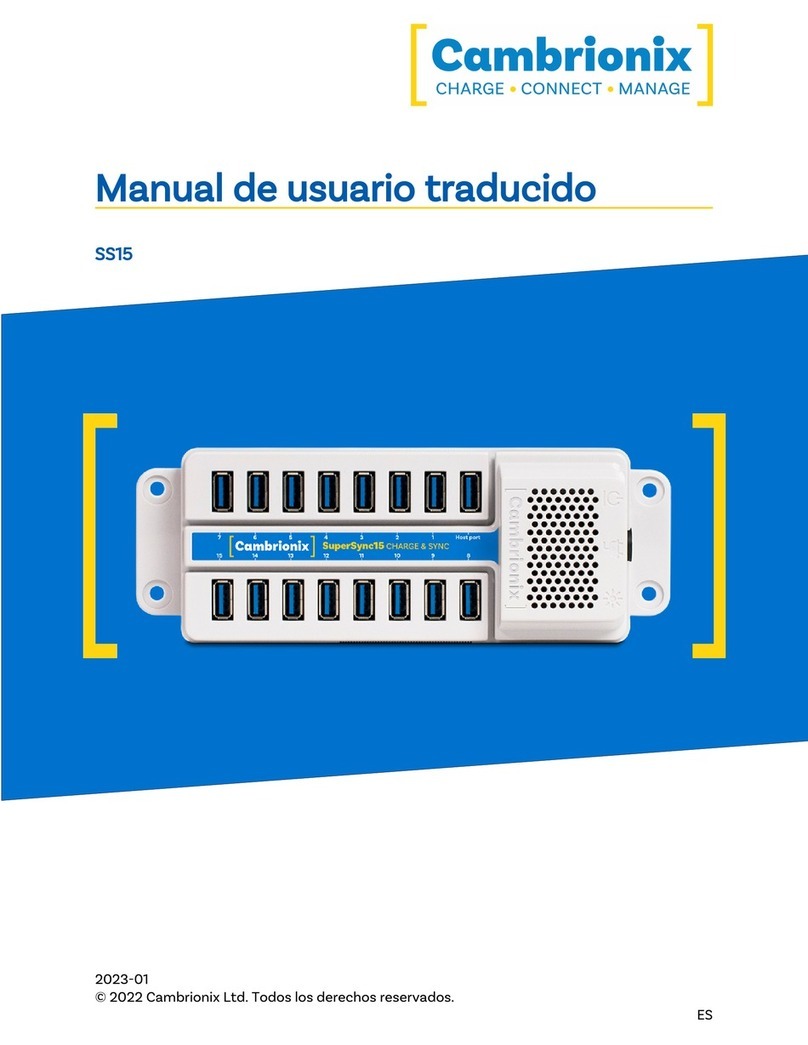
CAMBRIONIX
CAMBRIONIX SuperSync15 User manual
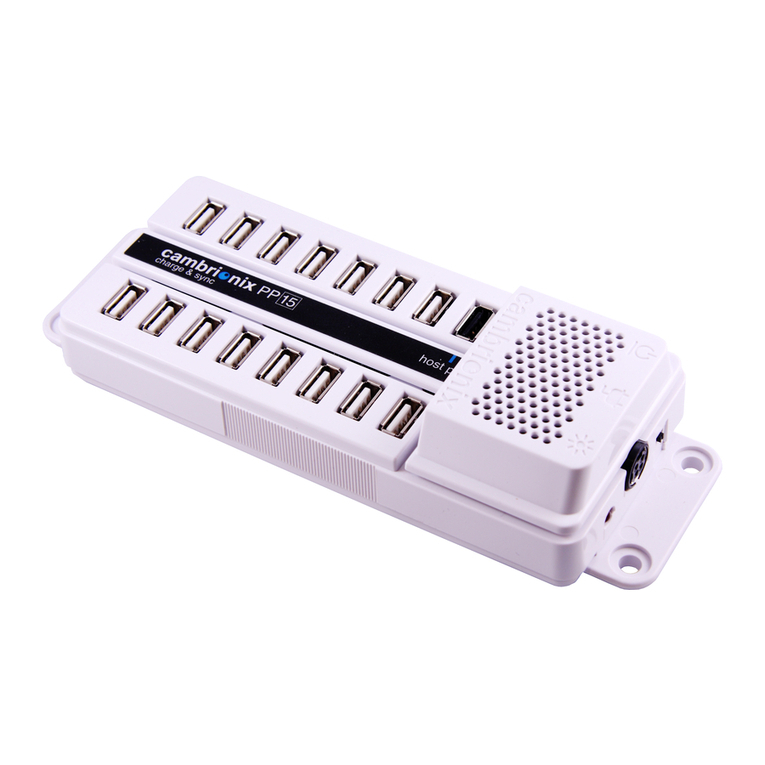
CAMBRIONIX
CAMBRIONIX PowerPad15s User manual
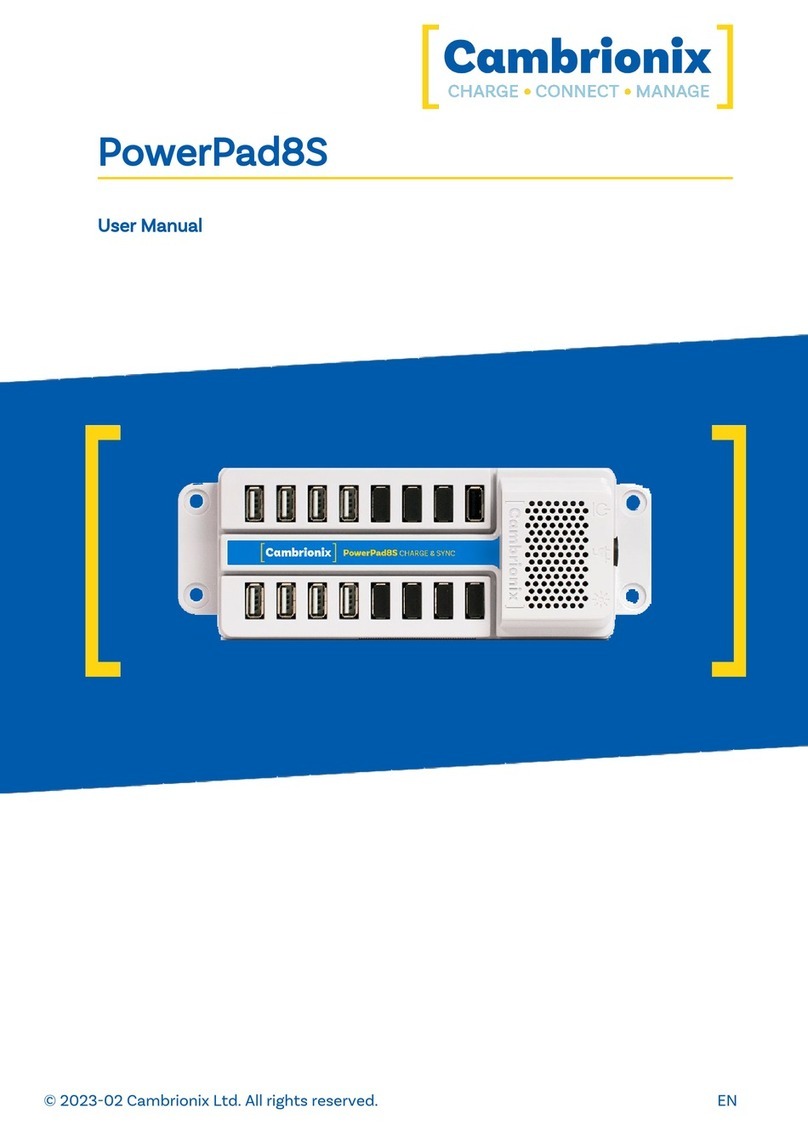
CAMBRIONIX
CAMBRIONIX PowerPad8S User manual
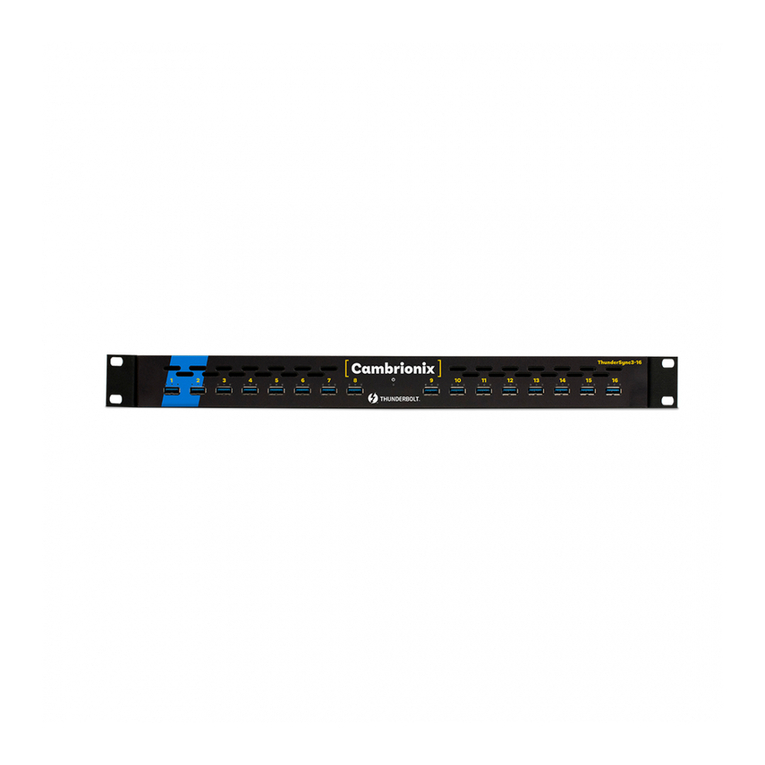
CAMBRIONIX
CAMBRIONIX ThunderSync3-16 User manual
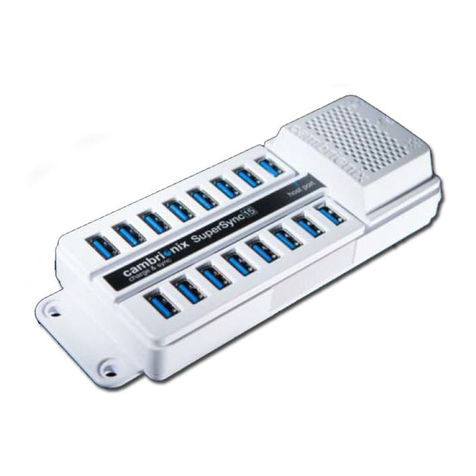
CAMBRIONIX
CAMBRIONIX SuperSync15 User manual

CAMBRIONIX
CAMBRIONIX PP8S User manual
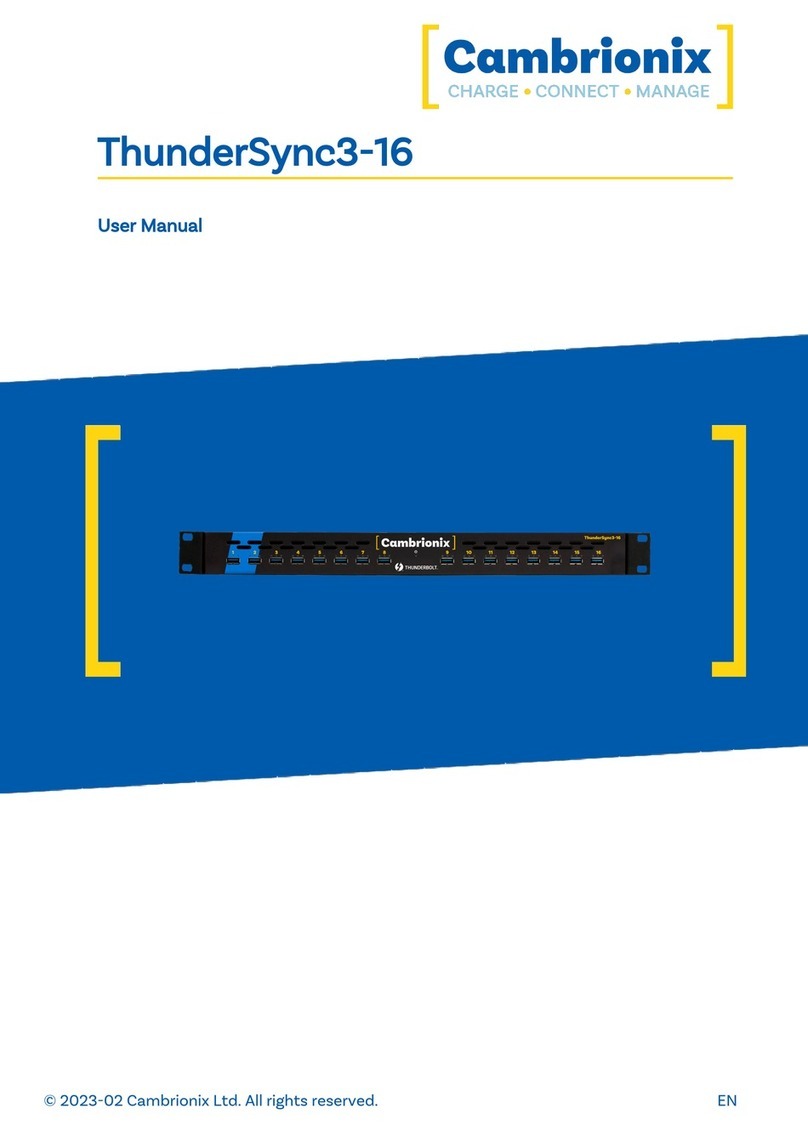
CAMBRIONIX
CAMBRIONIX ThunderSync3-16 User manual
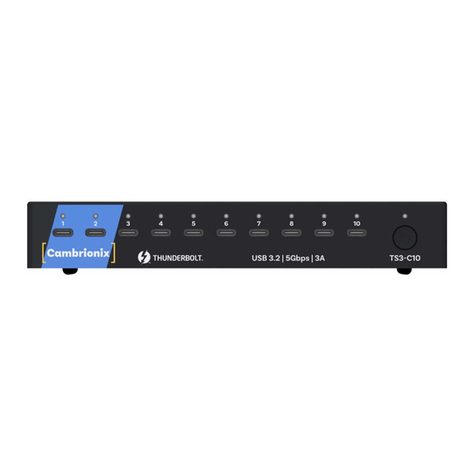
CAMBRIONIX
CAMBRIONIX TS3-C10 User manual
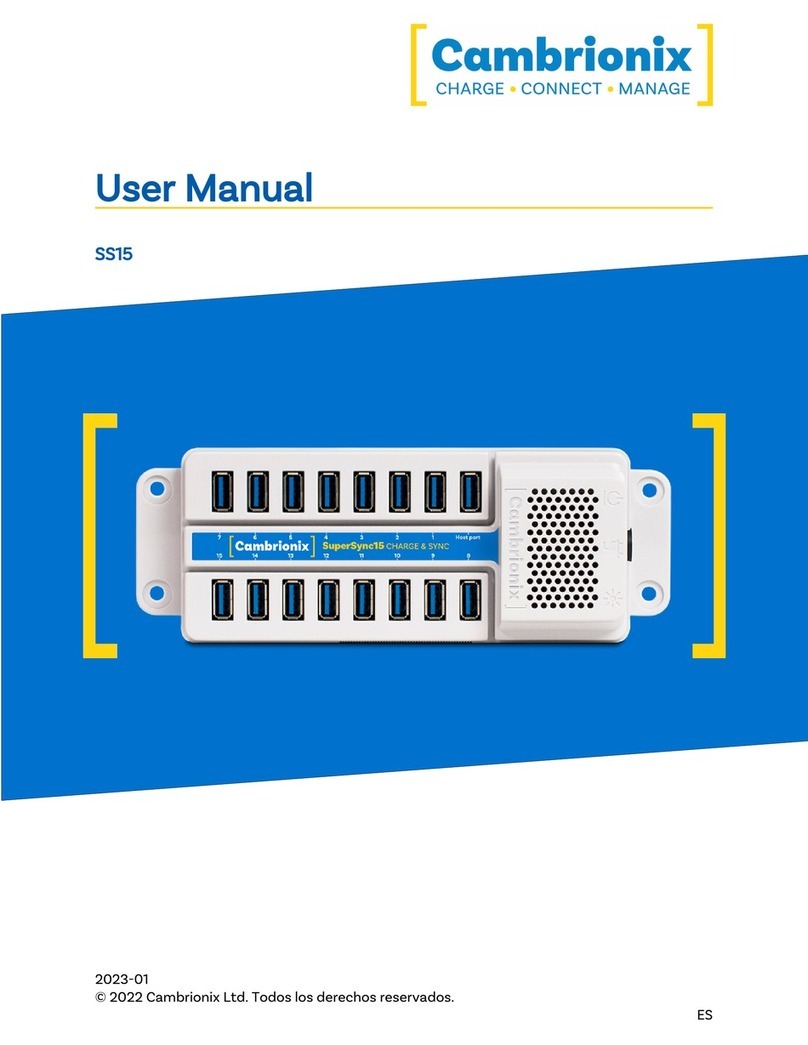
CAMBRIONIX
CAMBRIONIX SS15 User manual

CAMBRIONIX
CAMBRIONIX SyncPad54 User manual
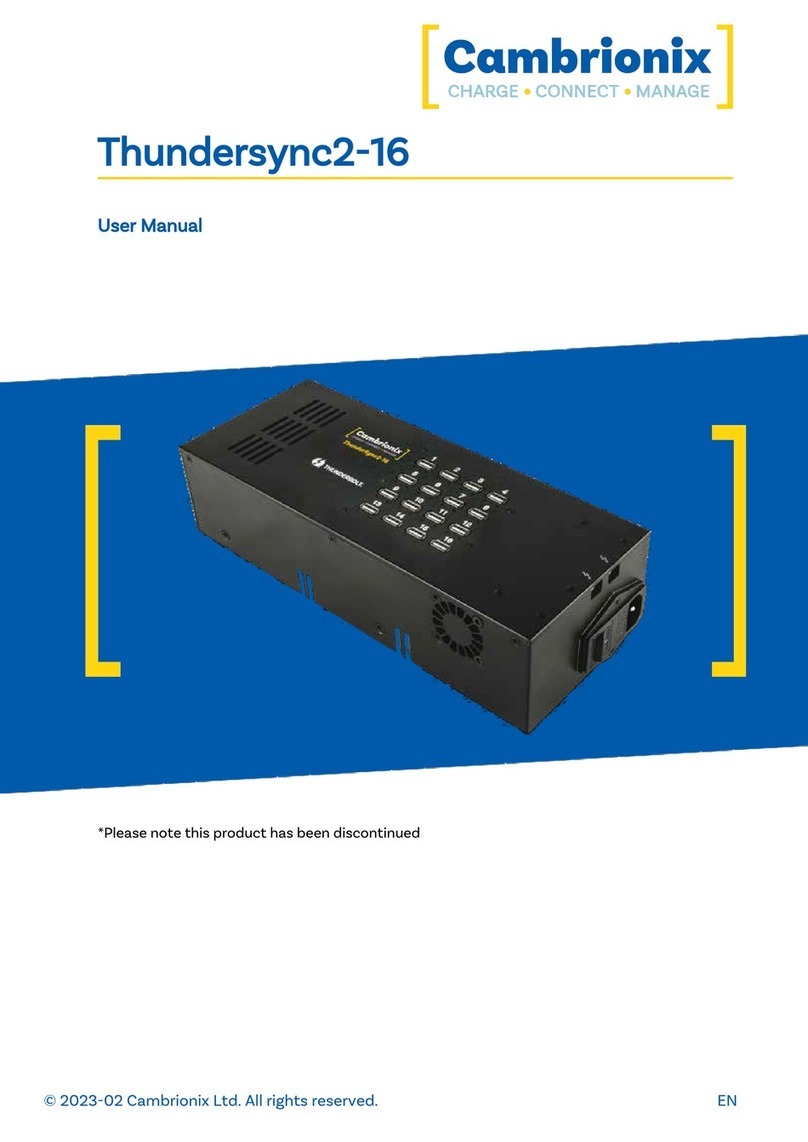
CAMBRIONIX
CAMBRIONIX ThunderSync2-16 User manual
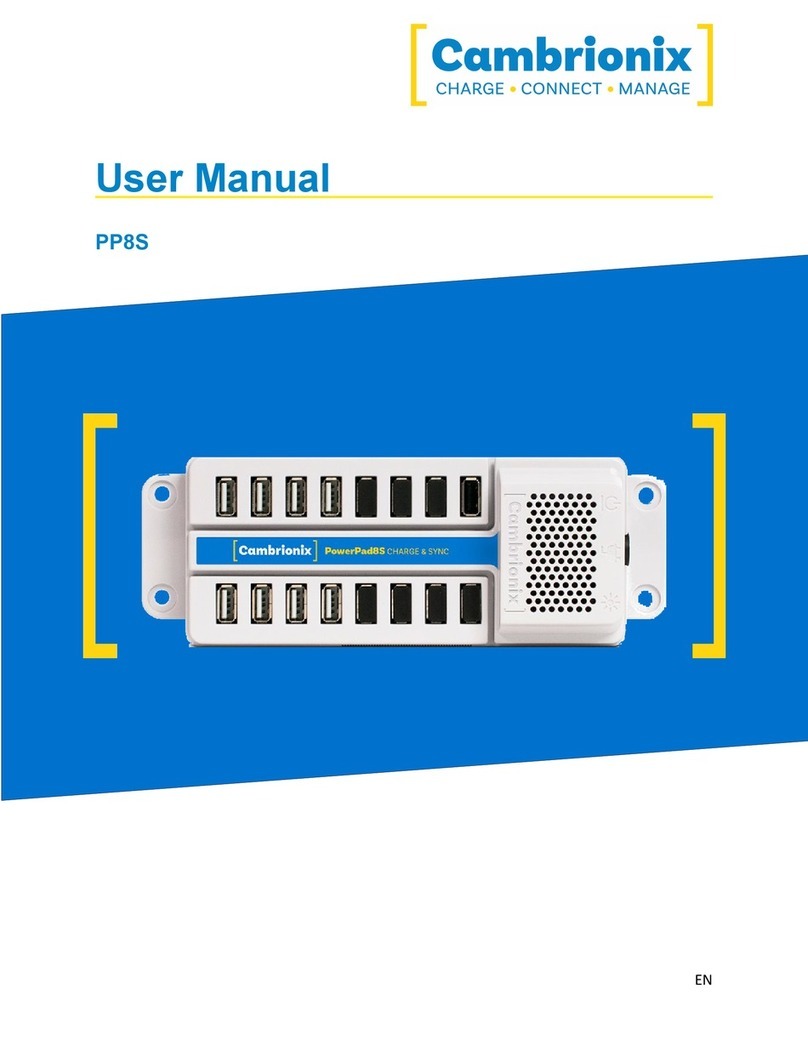
CAMBRIONIX
CAMBRIONIX PP8S User manual
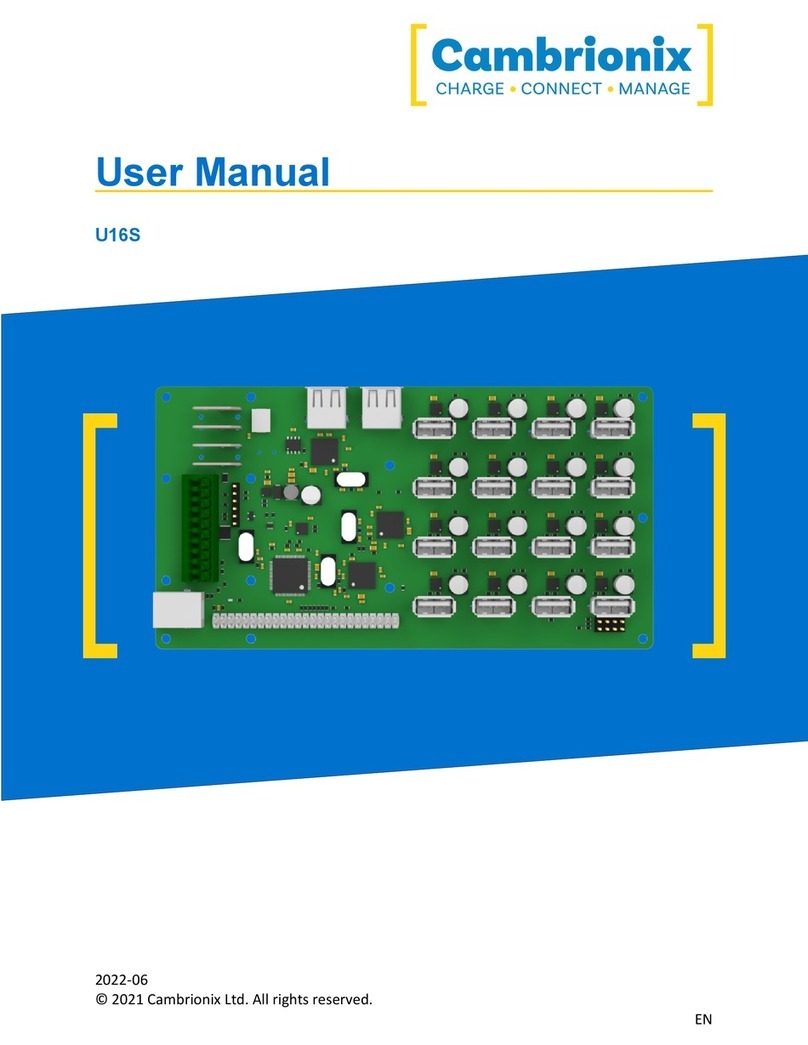
CAMBRIONIX
CAMBRIONIX U16S User manual

CAMBRIONIX
CAMBRIONIX PowerPad15s User manual
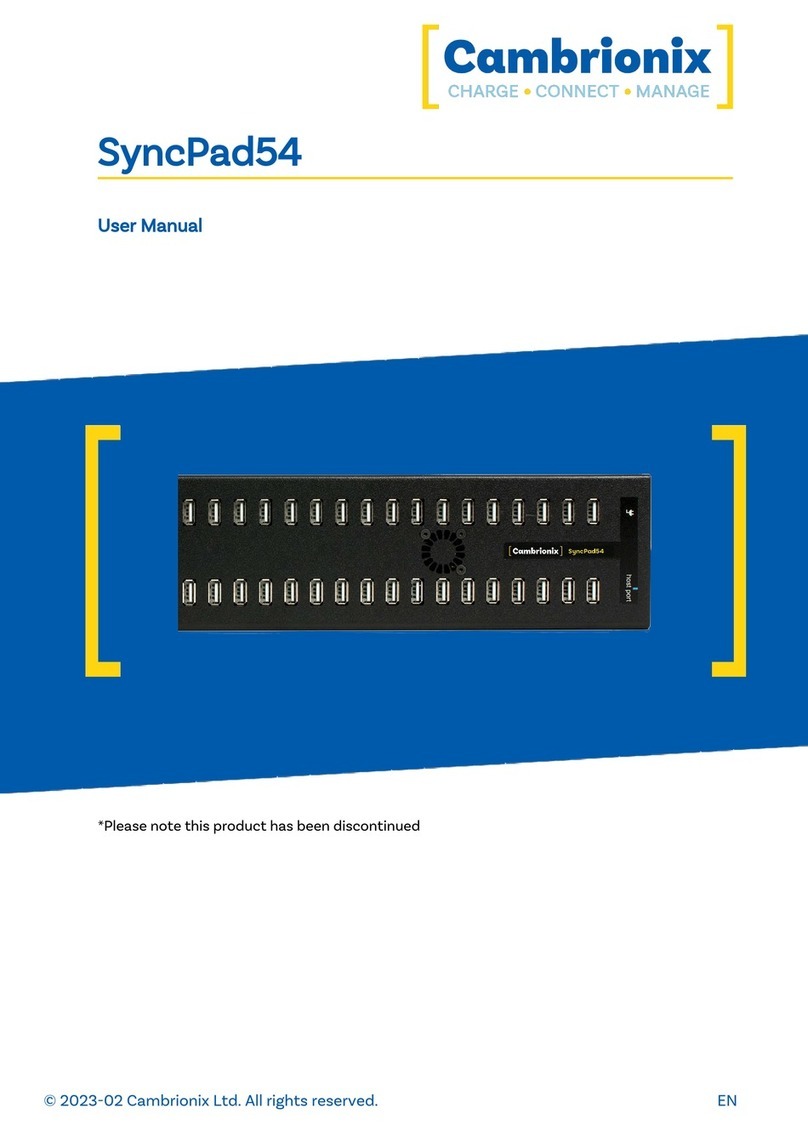
CAMBRIONIX
CAMBRIONIX SyncPad54 User manual
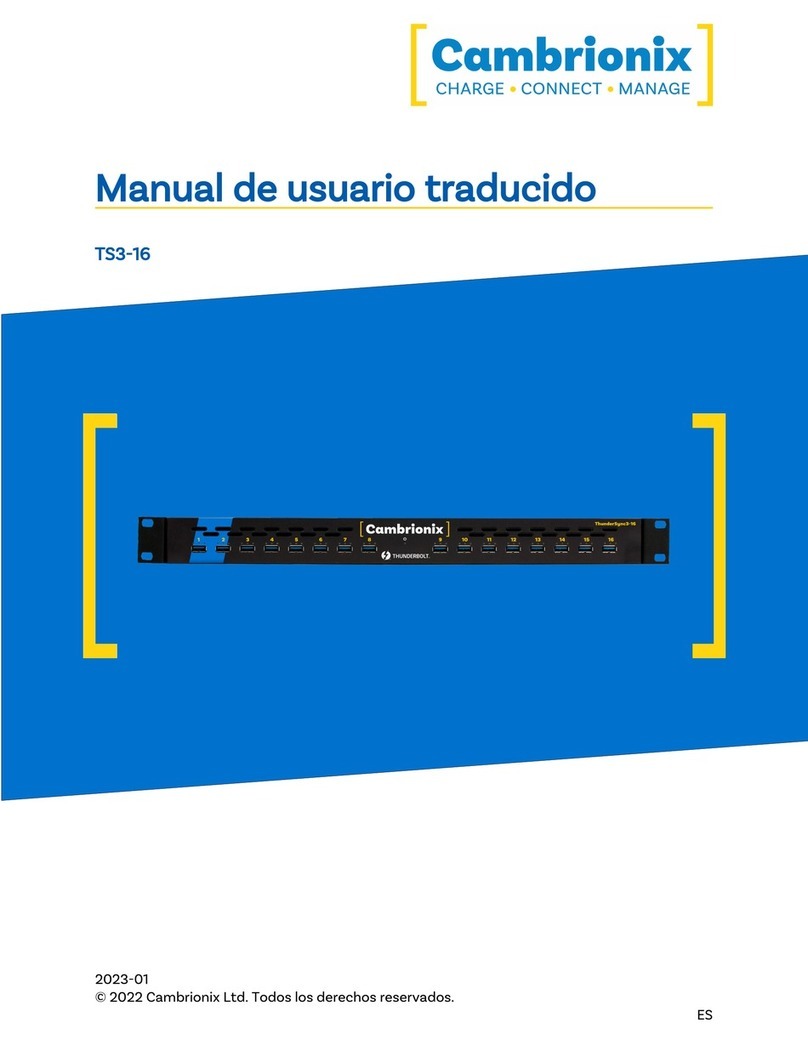
CAMBRIONIX
CAMBRIONIX TS3-16 User manual

CAMBRIONIX
CAMBRIONIX PowerPad8S User manual

CAMBRIONIX
CAMBRIONIX PowerPad15s User manual
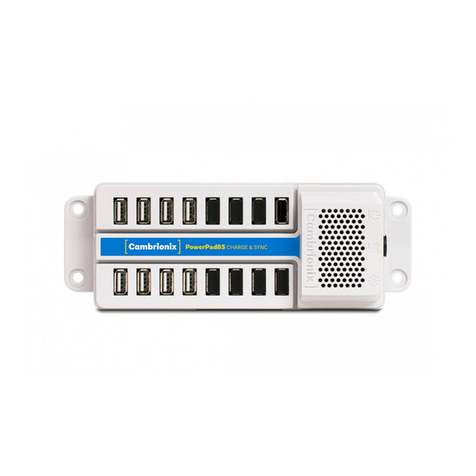
CAMBRIONIX
CAMBRIONIX PowerPad8S User manual
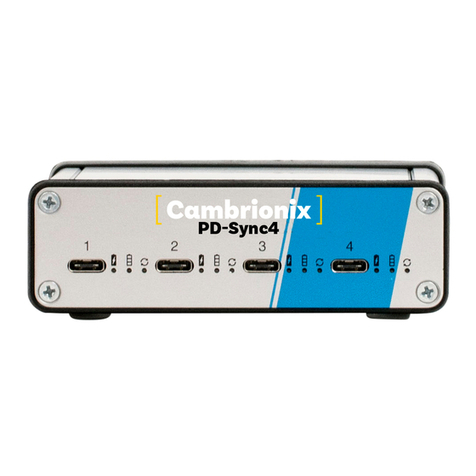
CAMBRIONIX
CAMBRIONIX PD-Sync4 User manual
Popular Switch manuals by other brands

SMC Networks
SMC Networks SMC6224M Technical specifications

Aeotec
Aeotec ZWA003-S operating manual

TRENDnet
TRENDnet TK-209i Quick installation guide

Planet
Planet FGSW-2022VHP user manual

Avocent
Avocent AutoView 2000 AV2000BC AV2000BC Installer/user guide

Moxa Technologies
Moxa Technologies PT-7728 Series user manual

Intos Electronic
Intos Electronic inLine 35392I operating instructions

Cisco
Cisco Catalyst 3560-X-24T Technical specifications

Asante
Asante IntraCore IC3648 Specifications

Siemens
Siemens SIRIUS 3SE7310-1AE Series Original operating instructions

Edge-Core
Edge-Core DCS520 quick start guide

RGBLE
RGBLE S00203 user manual
